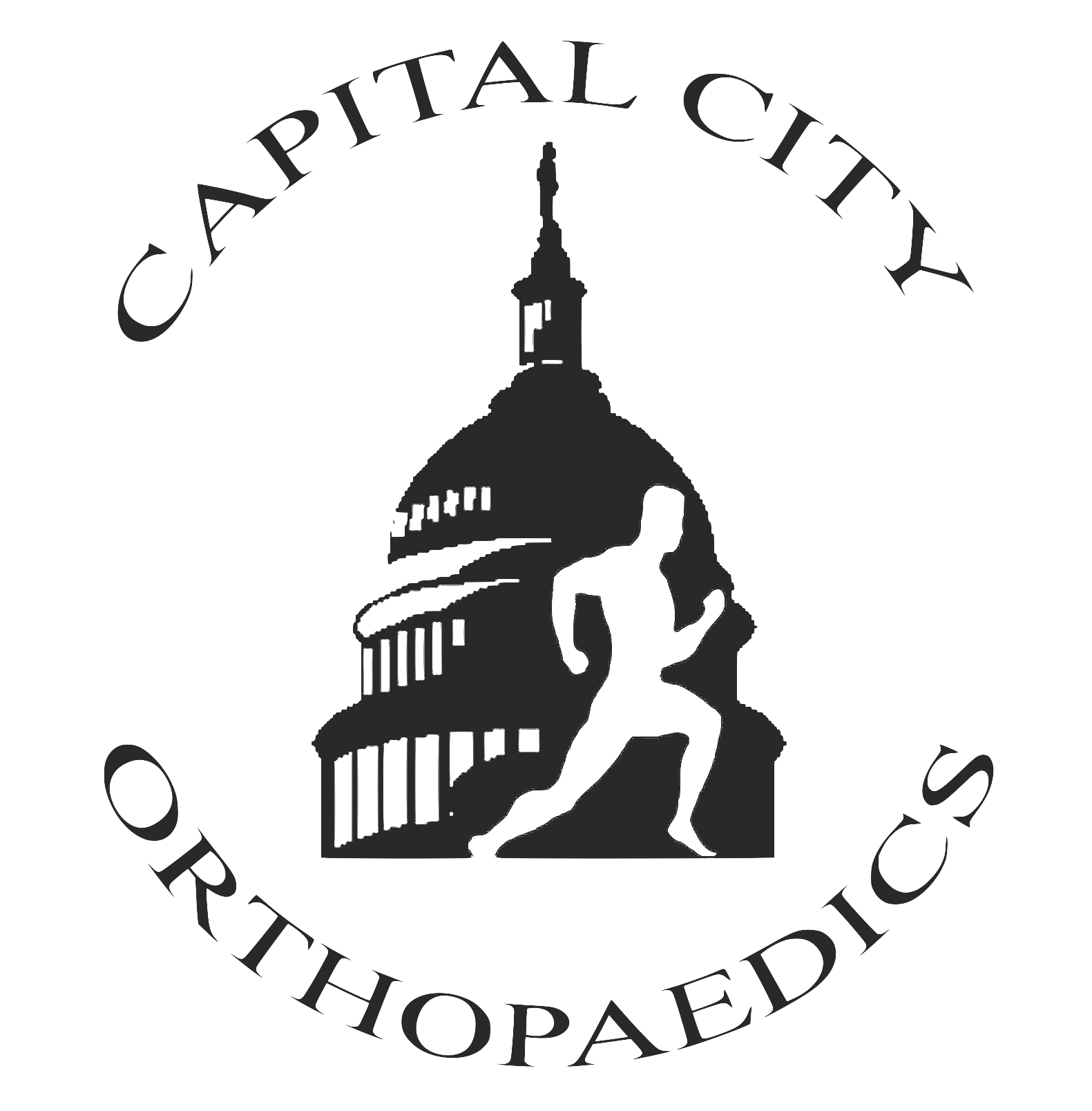Stem Cell Therapy
Can Stem Cell Therapy Help My Joint Pain?
Osteoarthritis is a chronic disease that may impact multiple joints with varying degrees of severity. It impacts over 25 million people with nearly $90 billion spent annually for treatment in the United States.
Modern medicine offers the ability to treat the associated symptoms of osteoarthritis – like pain and stiffness – without impacting the progression of the underlying disease. Recently, there has been an increase in the number of “injection centers” around the country offering alternative injections including viscosupplementation, platelet-rich protein (PRP) and stem cell therapy.
While it often sounds appealing, stem cell therapy is a new treatment that is poorly understood. There are many websites and advertisements for “curing” osteoarthritis; however, there are no proven uses of pain medications or therapies that can delay or reverse the progressive joint destruction that occurs with osteoarthritis. These are temporary fixes.
What are stem cells?
Mesenchymal stem cells (MSCs), or what we commonly call “stem cells,” are precursor cells that haven’t decided yet what they are going to be in the body. They can differentiate into multiple forms including bone, cartilage, fat and other connective tissues. They play a significant role in the reparative processes throughout the human body.
How are stem cells collected?
They may be harnessed from fat tissue, bone marrow, synovial tissue or umbilical cord tissue.
Why are stem cells thought to ease osteoarthritis?
MSCs have several actions including the following properties:
Anti-inflammatory
Anti-apoptotic (decrease cell death)
Anti-fibrotic (decrease fibrous tissue formation)
These precursor cells can mature into cartilage and bone. Their reparative nature has led to the hope that such cells may modify the destructive processes associated with osteoarthritis.
What have studies shown about the use of stem cells to treat osteoarthritis?
Limited studies have shown temporary improvement in pain associated with arthritis. There is not definitive or quality scientific evidence demonstrating long term benefits or regrowth of degenerated cartilage. There are some reporting unsubstantiated results that sound great and likely too good to be true. Unfortunately, this tends to be financially motivated as stem cells are an unproven but lucrative market.
Is there a downside to stem cell injections?
The current downsides include pain from the donor site of the cells, prohibitive cost and the potential for adverse effects. Adverse effects including infection can be serious and are more likely to occur with the use of allograft stem cells (stem cells not taken from you).
While stem cell therapy is a promising technology, there is much we are still learning about the causes and pathways that lead to symptomatic osteoarthritis. We have not optimized the factors found in stem cell therapies to be sure only the “good” cells and growth factors are injected into a specific joint. Further research is necessary before this technology becomes widely adopted and routinely used to manage osteoarthritis. Right now, stem cells should only be considered as an option to temporarily improve your pain and caution should be taken when anyone claims otherwise.
